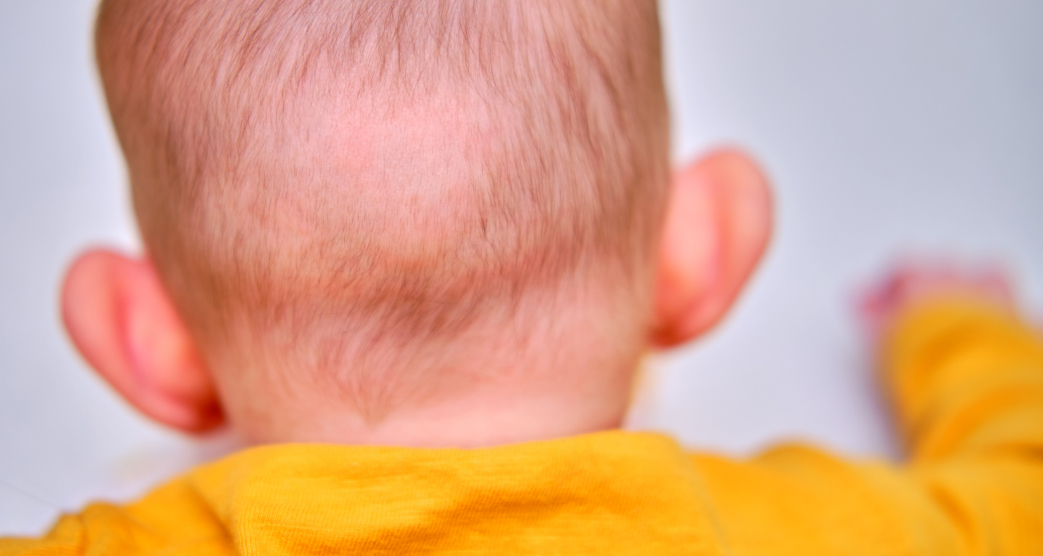Causes of Children’s Hair Loss

Medical Causes of Hair Loss in Children:
Tinea capitis (Ringworm of the Scalp)
Tinea capitis is a fungal infection that commonly affects children, leading to patchy hair loss on the scalp. The affected areas may appear scaly, and broken hairs may be visible on the surface of the skin, resembling black dots. The condition is diagnosed based on the appearance of the scalp, and a Wood’s lamp test may be performed to confirm the presence of a fungal scalp infection. Treatment involves using an antifungal medication like griseofulvin taken orally for eight weeks. Additionally, Nizoral shampoo may be used 2-3 times a week during the treatment period.
Alopecia Areata
Alopecia areata is an autoimmune condition where the body’s immune system attacks hair follicles, resulting in sudden round or oval patches of hair loss. These patches are smooth and devoid of inflammation, scaling, or broken hairs. About 1 in 1,000 children experience alopecia areata at any given time, and 25% of them may also have pitting or ridging of the nails. Although there is no cure for alopecia areata, treatments include topical corticosteroids, corticosteroid injections into the scalp, minoxidil (Rogaine), and anthralin applied to the skin. New FDA-approved drug therapies include JAK inhibitors like tofacitinib and ruxolitinib, which can help control the disease and promote hair regrowth.
Telogen Effluvium
Telogen effluvium is a condition where a severe or sudden stressor disrupts the normal hair growth cycle, leading to excessive shedding and temporary baldness. Stressors may include extremely high fevers, surgery under general anesthesia, emotional stress, severe injuries, or the use of certain prescription medications (e.g., accutane for acne). Diagnosis is based on medical history, and treatment primarily involves addressing the underlying cause of stress. Once the stressful event is over, full hair growth usually returns within six months to a year.
Nutritional Deficiency
In rare cases, hair loss in children can be a symptom of nutritional deficiencies, including biotin (Vitamin H), zinc, or excess vitamin A. A healthy and varied diet usually prevents nutritional deficiencies that cause hair loss. If suspected, parents should consult their child’s doctor before considering nutritional supplements.
Endocrine Problems
Hypothyroidism, a condition where the thyroid gland produces an insufficient amount of thyroid hormones, can lead to hair loss in some children. Diagnosis is made through a blood test, and treatment involves hormone replacement therapy based on the extent of the condition and the child’s health and medical history.
Non-Medical Causes of Hair Loss in Children:
Newborn Hair Loss
Many newborns lose their hair during the first few months of life, and baby hair is replaced by permanent hair. This hair loss is temporary and does not require treatment.
Rubbing
Between 3 and 6 months of age, babies may develop a bald spot on the back of their head due to friction with crib mattresses or car seats. Once the baby starts sitting up, the hair usually grows back on its own.
Trauma To Hair Shaft/ Hair Abuse
Vigorous brushing, pulling hair into tight ponytails or braids, or using excessive hair accessories can cause hair loss. Being more gentle with the hair and avoiding tight hairstyles can allow the hair to regrow.
Trichotillomania
Trichotillomania is a condition characterized by hair-pulling, twisting, or rubbing, leading to patchy hair loss. The affected areas may have broken hairs of varying lengths and if left untreated can lead to permanent hair loss. Trichotillomania is considered an obsessive-compulsive disorder, and treatment involves counseling or behavioral therapy to help the child manage stress or anxiety that triggers the hair-pulling behavior.